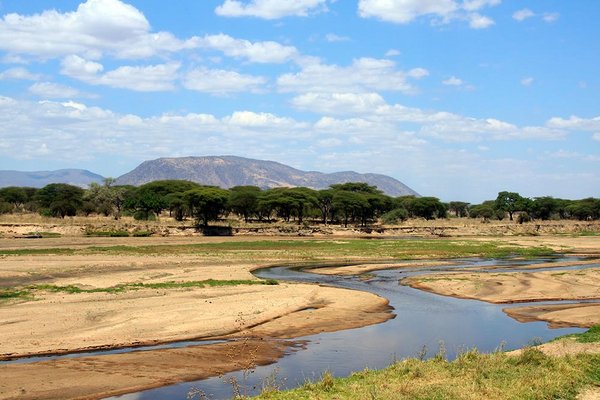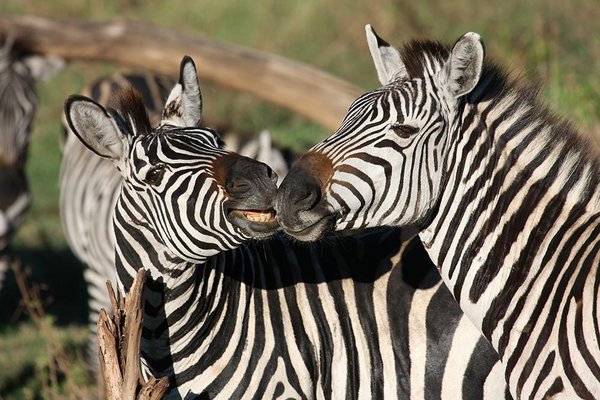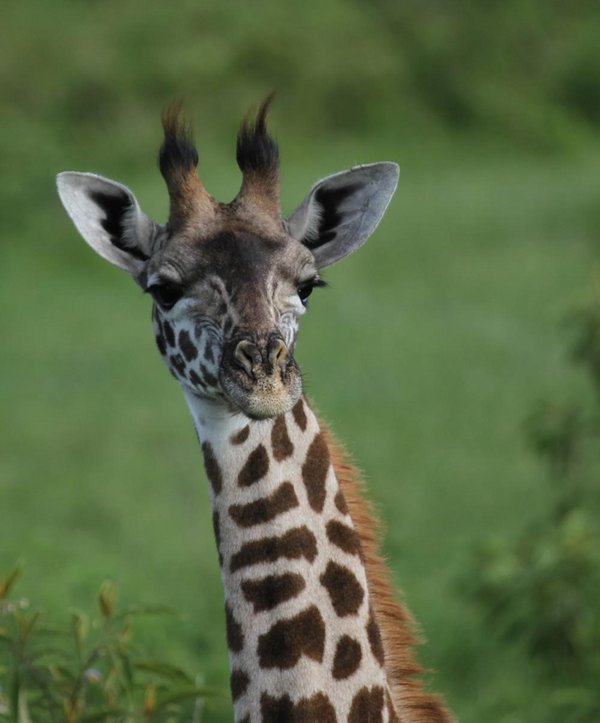The Udzungwa Mountain National Park is a woodland area and home of the rare iringa and colobus, as well as Mangabey monkeys. From the peak of the eastern mountain, you can see the Selous Game Reserve and sometimes even the Indian Ocean. The most popular route includes the Sanje Waterfall. If you like, you can ascent further to Mwanihana summit, the second highest peak of the park or up to Luhombero summit, which is the most difficult hike.


The largest national park of Tanzania is Ruaha (about 20,221 km²), covering roughly the size of Belgium. Ruaha is situated in the transition zone of the northern and southern hemisphere – here you can find migrant birds, as well as eastern African and southern African mammals! This creates an overwhelming amount of different bird species (530 known species, almost half of all species found in the country) and more than 1400 plant species, which account for a large amount of mammals. The large plain of the park is surrounded by mountains and steep slopes, grasslands, rocky summits and river areas. Regarding this range of natural habitats, it’s not surprising such a large variety of mammals is living in Ruaha.
The Mikumi National Park is situated at the northern border of Africa’s largest reserve, the Selous Game Reserve, and is crossed by a paved road. This is the most accessible area of the 75,000 km² of wildness stretching almost until the Indian Ocean in the east. At the heart of the park, you can find zebras, gnus, impalas and herds of buffalo wandering around in the plains. Giraffes like to get their food from the acacia trees along the Mkata river. With much luck, you will see elands, kudus and sable antelopes. Up to 400 bird species are home to the Mikumi, as well as hippos and elephants.


The Nyerere National Park (former Selous Game Reserve) is one of the largest protected area in Africa (31,000 km²). It is situated in the southwest of Tanzania and was named after the "Nation's Father" Julius Nyerere. It is famous for its big herds of elephants, hippos, crocodiles and wild dogs. It is also a paradise for 350 bird species and 2000 plant species. Next to game drives you can enjoy boat tours and walking tour. The Rufiji River is responsilbe to distribute enough water in this area for the animals, plants and filling up several lakes.